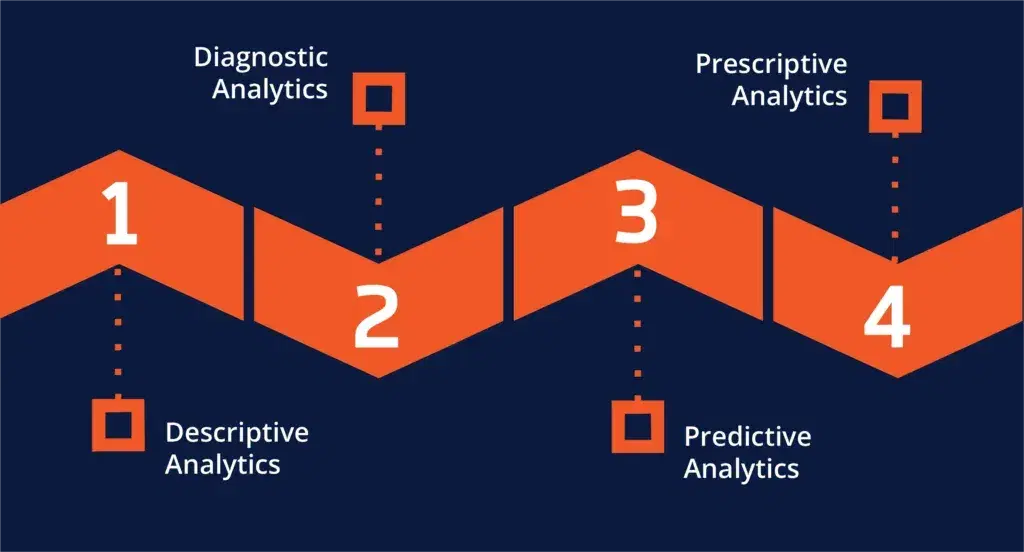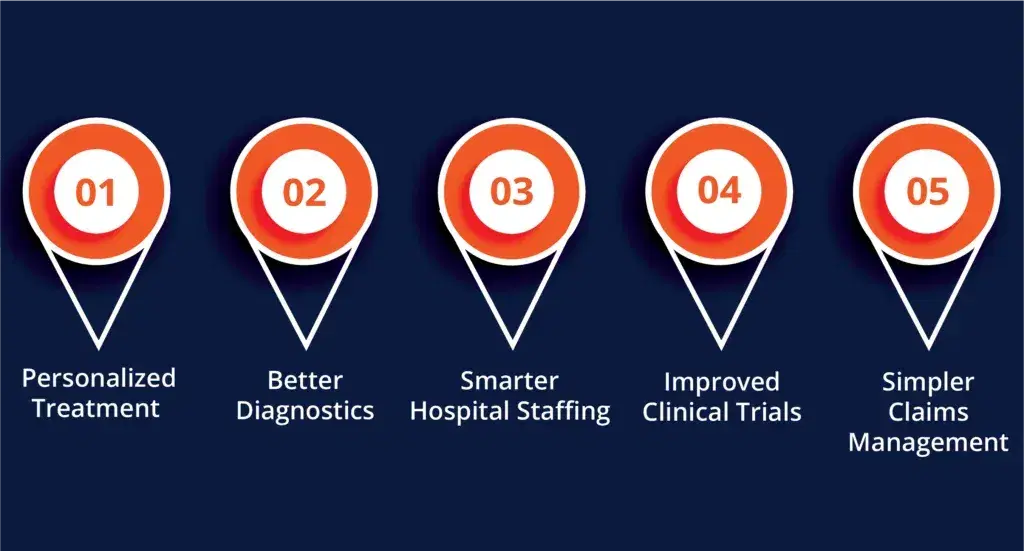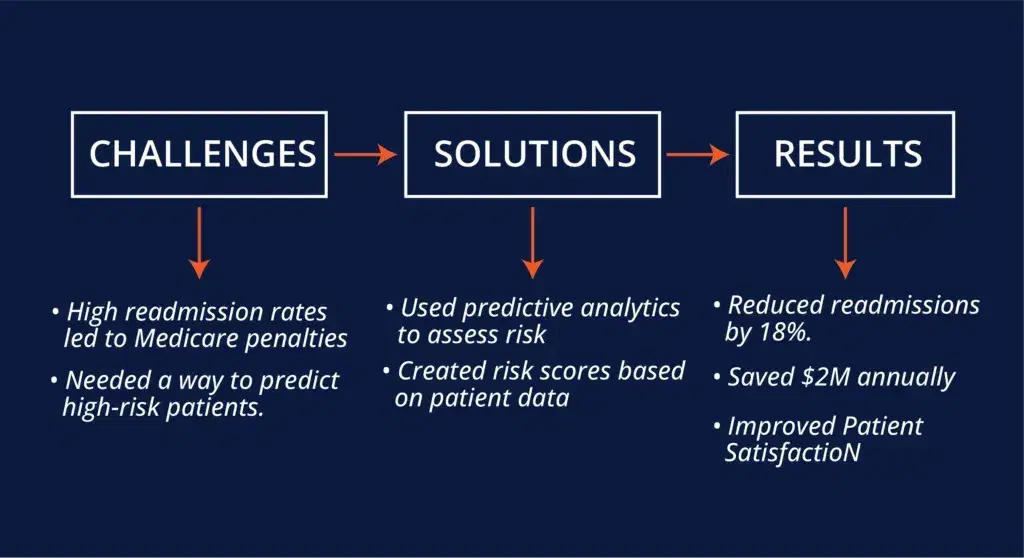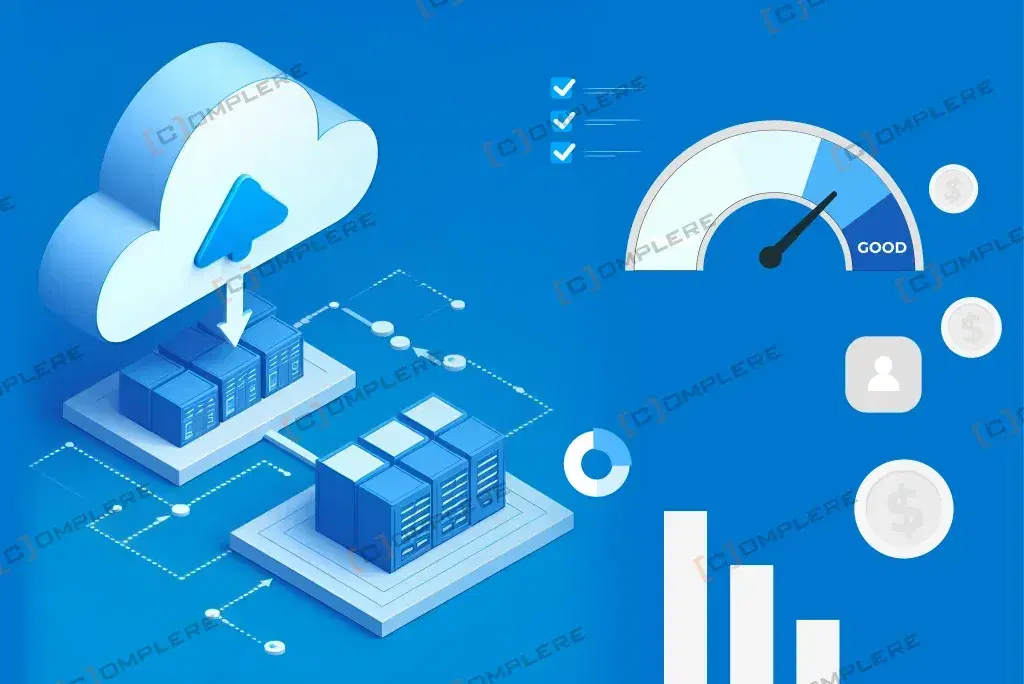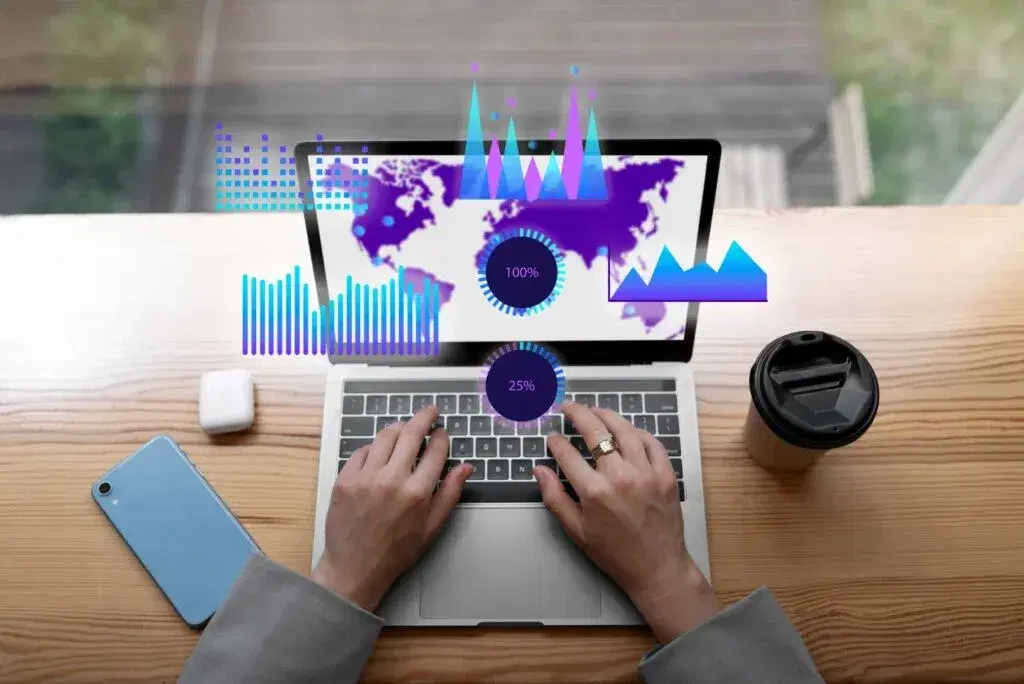What is Data Analytics?
Data analytics is the process of examining raw information to uncover useful patterns and trends that can support smarter decision-making. It involves collecting data from various sources, cleaning it to remove errors, and analyzing it using advanced tools and software. By understanding these patterns, organizations can make informed decisions, enhance their operations, and even predict future outcomes based on both past and real-time data. It helps businesses understand customer behaviors, identify market trends, and optimize resource usage. It plays a key role in improving efficiency by streamlining processes and eliminating unnecessary tasks. Through
data analytics businesses extract valuable insights that can be used to refine strategies, drive innovation, and improve overall performance. As data continues to grow, the need for effective data analysis is becoming even more crucial for businesses to stay competitive in a growing market.
Types of Data Analytics
Each type of data analytics serves a unique purpose, helping organizations analyze the past, understand the present, and plan for the future.
- Descriptive Analytics:
Descriptive analytics answers the question, “What happened?” It involves summarizing past data to understand trends and patterns. Examples include monthly sales reports, website traffic summaries, or patient admission statistics. - Diagnostic Analytics:
Diagnostic analytics focuses on understanding “Why did it happen?” It looks at data to find the causes of specific outcomes, using techniques like root cause analysis and correlation analysis. - Predictive Analytics:
Predictive analytics addresses “What is likely to happen?” It uses historical data, statistical models, and machine learning to forecast future outcomes, such as customer churn, demand fluctuations and patient readmission risks. - Prescriptive Analytics:
Prescriptive analytics answers “What should we do?” It provides recommendations or solutions to optimize decision-making. Examples include suggesting the best marketing strategies, resource allocation, or personalized treatment plans in healthcare.
Why Data Analytics is Becoming So Important?
Applications of data analytics are everywhere, from optimizing ad campaigns and monitoring smartphone usage patterns to improving education systems and tracking student progress. As a growing field, data analytics offers significant opportunities and is a key driver of innovation and efficiency across industries. As data volumes grow, analytics has become the cornerstone of innovation, driving competitiveness and enabling industries to adapt to changing landscapes with agility and confidence.
How Data Analytics helps in healthcare?
Data analytics plays a significant role in improving healthcare outcomes by enabling better decision-making and streamlining operations. By analyzing patient records, treatment data, and health trends, healthcare professionals can offer more personalized care and better predict health risks. It speeds up drug development by analyzing large amounts of clinical data to find the most effective treatments. Additionally, it helps hospitals plan resources more effectively, by forecasting patient volume and ensuring that the right staff and supplies are available when needed most, improving overall efficiency and reducing waste.
Benefits Data Analytics Can Provide Your Healthcare:
- Personalized Treatment:
By looking at a patient’s health records, history, and medication, data analytics helps doctors suggest the best treatments for each patient. This makes care more accurate and focused on the person. It also helps doctors adjust treatment plans based on the latest information, so patients always get the most suitable care as their condition changes. This leads to better health outcomes and more satisfied patients. - Better Diagnostics:
Data analytics, along with tools like artificial intelligence (AI), helps study medical images like X-rays or MRIs to find problems that doctors might miss. This makes diagnoses faster and more accurate. With the help of AI, these tools can improve over time, learning from new data. This helps doctors detect diseases earlier, giving patients a better chance of successful treatment and saving money by avoiding expensive late-stage treatments. - Smarter Hospital Staffing:
Data analytics helps predict how many staff members a hospital needs at different times. This helps hospitals avoid having too few or too many workers, making them more efficient. By looking at past data and trends, hospitals can predict when they’ll be busy and make sure there are enough doctors and nurses available. This way, they can keep costs low, reduce extra hours, and make sure patients always get the care they need. - Improved Clinical Trials:
In medical research, data analytics helps check test results to ensure that new medicines or vaccines are safe before being approved. It helps doctors and scientists see how well the treatments work, faster. By looking at large amounts of data, researchers can spot side effects or problems early. This helps speed up the approval process so new treatments can be used by patients sooner. It also helps make sure the right people are tested, which makes the results more reliable. - Simpler Claims Management:
Data analytics helps hospitals handle bills and insurance claims more easily. It reduces mistakes and ensures payments are made on time. By using data tools, hospitals can quickly spot problems with bills and fix them before they cause delays. This makes the claims process faster and more accurate. With better management of bills and insurance, hospitals can reduce costs and spend more time focusing on helping patients.
Data Analytics in Healthcare
The
healthcare industry has brought numerous benefits to healthcare and all thanks to data analytics. With tools to track patient health and outcomes, hospitals can predict trends and better manage patient care. Data analytics also helps in managing hospital resources more effectively, identifying areas where costs can be cut without compromising patient care. By analyzing health trends across populations, it allows healthcare providers to offer proactive, preventive treatments. As more data becomes available through electronic health records and wearable devices, data analytics will continue to shape the future of healthcare, improving both quality and access to care.
Some of the Major Impacts of Data Analytics in Healthcare
1. The Role of Predictive Analytics in Reducing Hospital Readmissions
2. Data Analytics is Helping in Drug Discovery and Development
3. Health Management Through Effective Data Analytics
4. Data Analytics for Improving Emergency Room Efficiency
5. Data-Driven Health Policy Decisions
Get a Brighter Future in Healthcare with Better Data Analytics
Data analytics is changing healthcare by making it more efficient and improving patient care. It helps doctors provide personalized treatments, predict health issues early, and avoid complications. Hospitals can use data to reduce costs, manage resources better, and follow strict rules for patient safety. Analytics also makes diagnosing diseases faster and more accurate while speeding up research and the development of new medicines. With the rise of telemedicine and health devices like fitness trackers, real-time data helps doctors make better decisions and take quick action. Data analytics is shaping a smarter and healthier future for the healthcare industry.
Let’s Understand the Role of Data Analytics in Healthcare with A Real-Life Example
Scenario: Data Analytics for Predicting Patient Treatment
Challenge: A healthcare network in Chicago faced high readmission rates. This has resulted in significant Medicare penalties, which is not a good sign for any hospital. They needed a way to identify patients at higher risk of being readmitted.
Solution: Using predictive data analytics, the network developed models to identify patients with chronic conditions likely to be readmitted. Factors like patient history and medication were used to create a risk score for each discharged patient.
Impact: Customized follow-up care for high-risk patients helped reduce readmission rates by 18% in the first year. It saves around $2 million annually and improves patient satisfaction through better proactive care. The success of the Chicago healthcare network shows how powerful data analytics can be in solving real-world problems. It helped reduce costs, improve patient care, and make healthcare services more efficient. This example proves that data analytics is not just a tool but a way to create smarter systems that work better for both patients and organizations. As the healthcare industry continues to grow, using data analytics will be essential to deliver the best care, make better decisions, and ensure a healthier future for everyone.
Predictive Analytics in Healthcare: Helping Doctors Save Lives
Data analytics is helping doctors make better decisions by predicting health problems before they happen. Predictive analytics looks at a patient’s health history and uses that information to predict what might happen in the future. For example, if a patient has a history of heart problems, doctors can use data to predict if they might have a heart attack soon. By knowing this in advance, doctors can give the patient treatment to prevent it from happening.
This kind of prediction is also useful for patients who are recovering from surgery. Data can help doctors figure out if a patient is at risk of getting sick again or needing to go back to the hospital. By doing this, doctors can take action earlier, helping patients recover better and faster. Hospitals can also use this data to plan how many doctors, nurses, and hospital beds they need. If they know more patients will come in at certain times, they can be better prepared to help everyone without making them wait too long.
Final Thoughts
Data analytics has become a game-changer for the healthcare industry, providing solutions that go beyond traditional approaches. It is not just a tool but a catalyst for driving innovation, improving patient care, and enhancing operational efficiency. From personalized treatments and faster diagnostics to cost savings and improved clinical outcomes, the benefits of data analytics in healthcare are undeniable.
As highlighted in the example of the Chicago healthcare network, utilizing predictive analytics not only reduced readmission rates but also delivered significant financial and patient care benefits. This real-life scenario underscores the potential of data analytics to address pressing challenges in healthcare while paving the way for a brighter and more efficient future.
Conclusion
As we all know, the healthcare industry is continuing to evolve and adapting data analytics will be important to staying competitive and delivering the best possible care. It helps doctors provide personalized treatments, predict health issues early, and avoid complications. Hospitals can use data to reduce costs, manage resources better, and follow strict rules for patient safety. Analytics also makes diagnosing diseases faster and more accurate while speeding up research and the development of new medicines. With the rise of telemedicine and health devices like fitness trackers, real-time data helps doctors make better decisions and take quick action. Data analytics is shaping a smarter and healthier future for the healthcare industry.
Want to improve patient care and cut healthcare costs? Let’s test your hospital’s data analytics strategy with a world-class
Proof of Concept at zero cost and explore how you can improve patient outcomes and reduce expenses by up to 40%.
Limited time offer—don’t miss.
